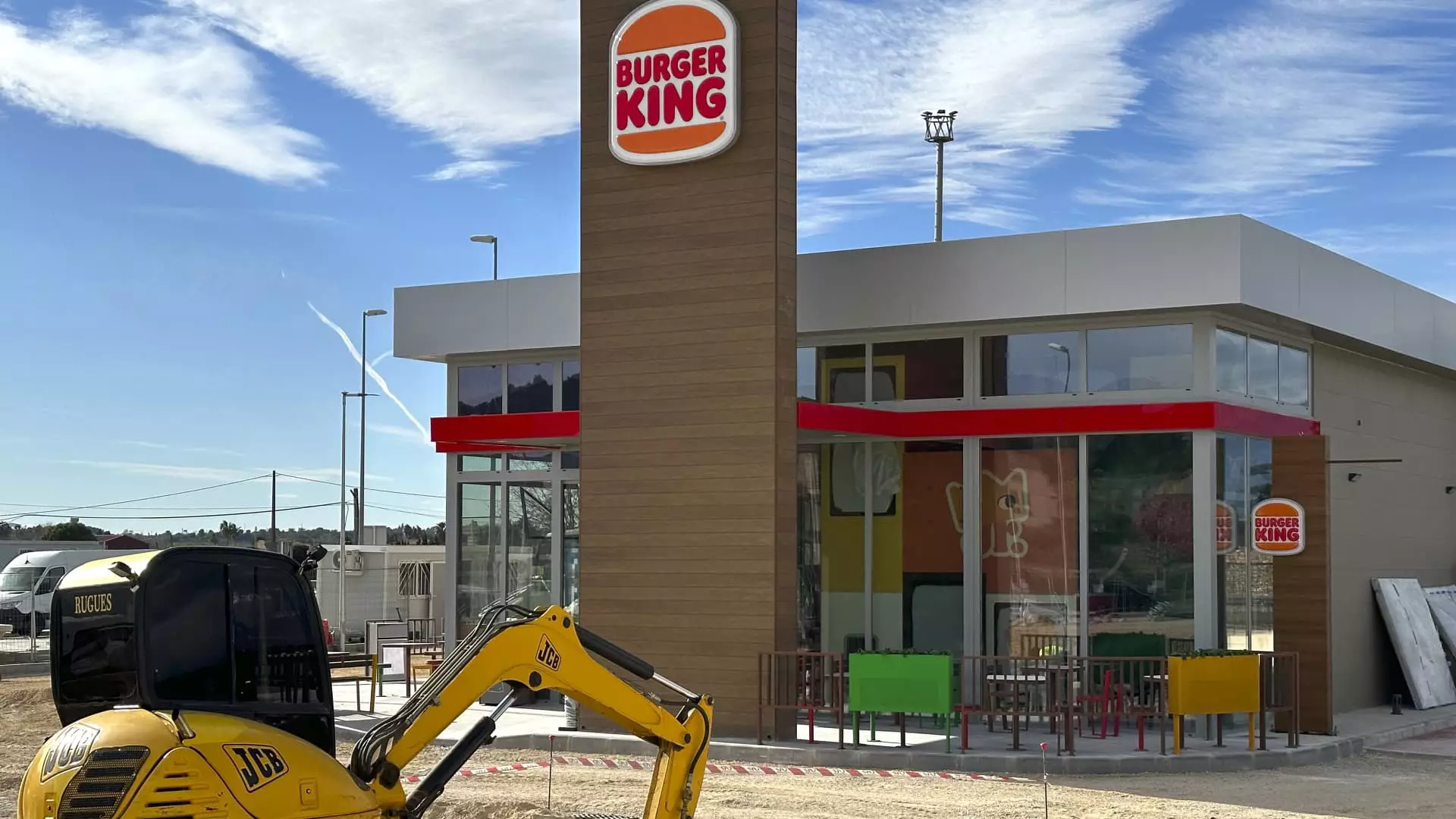In the competitive landscape of fast-food and quick-service restaurants, quarterly earnings reports serve as a vital barometer of company health. Recently, Restaurant Brands International (RBI), a global leader managing chains like Burger King, Popeyes, Tim Hortons, and Firehouse Subs, released its quarterly performance metrics, which unfortunately fell short of market predictions. This article delves into the highlights and potential implications of RBI’s disappointing third-quarter earnings.
RBI’s third-quarter earnings came in at an adjusted earnings per share (EPS) of $0.93, which was notably below the anticipated $0.95. Revenue also lagged forecasts, reported at $2.29 billion compared to market expectations of $2.31 billion. While the reported figures demonstrate resilience amidst challenges, they reflect an underlying struggle that the company is navigating, particularly in the domestic market where same-store sales growth plummeted to a mere 0.3%.
The performance of individual brands under the RBI umbrella reveals a dramatic divergence, with most chains, including Burger King, Popeyes, and Firehouse Subs, witnessing declines in same-store sales. Such metrics not only impact the immediate financial landscape of the company but also hint at a potentially stagnant consumer sentiment towards fast-food dining.
Focusing on specific chains, Burger King faced an unexpected decline in same-store sales of 0.7%, a statistic that contradicts analyst expectations of flat growth. While the company is actively pursuing turnaround strategies within the U.S. market, external pressures such as rising competition and changing consumer behaviors cannot be ignored. During these challenging times, Burger King’s initiatives to regain footing by battling “value wars” with competitors signify a recognition of consumer trends leaning towards affordability.
Similar hurdles were encountered by Popeyes, which saw a staggering 4% drop in same-store sales when a marginal gain was expected. This downturn highlights how promotional efforts—including budget-friendly options like the three-piece bone-in chicken for $5—struggled to resonate with consumers, indicating a more systemic issue at play rather than merely a promotional misfire.
Firehouse Subs, though a newer addition to the RBI portfolio, echoed these struggles, with sales declining by 4.8%, significantly worse than the expected drop of 0.4%. This revelation raises questions about how well the sandwich chain can integrate into the RBI family and compete against established brands that dominate the quick-service sector.
In contrast, Tim Hortons emerged as a relative bright spot during this quarter, recording a 2.3% growth in same-store sales. However, it too failed to meet investor expectations, which foresaw a more robust growth of 4.1%. This situation underscores the broader issue of consumer traffic and service efficiency, which RBI is reportedly addressing with improved strategies.
Expanding the analysis to international performance, RBI’s same-store sales outside North America climbed by 1.8%, landing short of a targeted 2.2% growth. While some international markets present opportunities for growth, the overall picture suggests a cautious consumer landscape that has likely been influenced by various economic factors worldwide.
CEO Josh Kobza highlighted some factors that may contribute to improved sales figures in the coming months, such as declining gas prices, lower interest rates, and moderating inflation rates. These elements could potentially shift consumer behavior positively, leading to better financial outcomes in the fourth quarter and beyond.
The results from Restaurant Brands International’s third quarter paint a mixed picture for the fast-food giant. As the company strives to navigate its way through operational challenges and evolving consumer preferences, it is evident that strategic adaptations will be crucial for future recovery. With promotional efforts like revamped marketing strategies underway, there is hope that the company may regain its momentum. However, stakeholders will need to remain vigilant and assess whether these changes translate into tangible financial growth moving forward.

